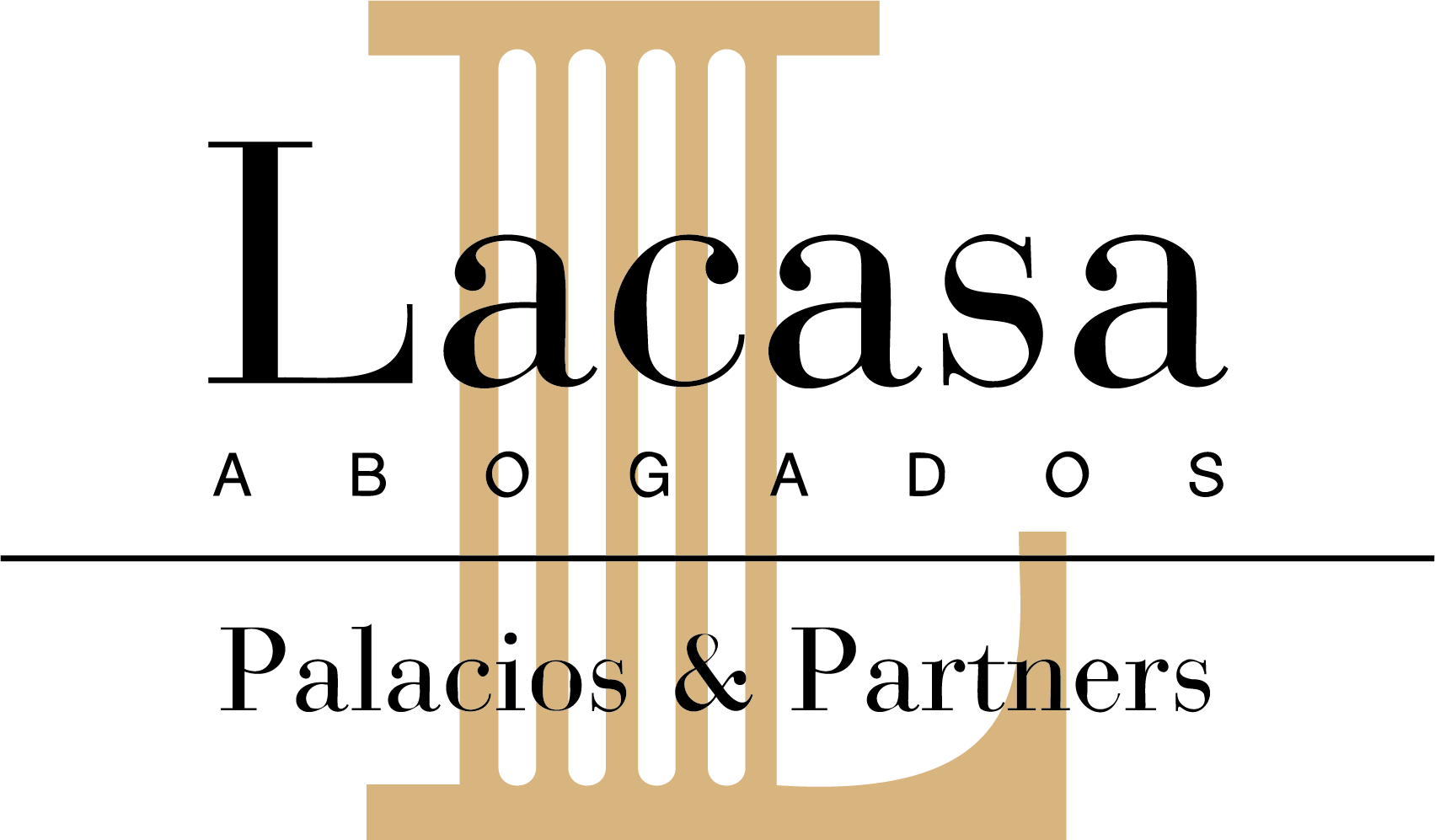
Article 10 of the Horizontal Property Law establishes that a series of actions, including works for the elimination of architectural barriers, for which it is not necessary to have the unanimous vote of all the owners, will be mandatory and will not require the prior agreement of the owners’ meeting.
For this reason, many homeowners’ associations have adopted agreements for the execution of works for the elimination of architectural barriers at the entrance of the property and in the elevator, which are regulated in article 10.1.b) of the Horizontal Property Law.
With regard to the assumption of the expenses derived from such works, section 10.2. a) of the Horizontal Property Law establishes that “They shall be borne by the owners of the corresponding community or group of communities, the resolution of the Meeting being limited to the distribution of the relevant charge and the determination of the terms of its payment”.
And, on many occasions, in the homeowners’ associations it was considered that, for the adoption of the agreement for the distribution of the expenses necessary for the elimination of architectural barriers, unanimity was not necessary to fix the distribution of the corresponding charge among the different homeowners.
However, Article 10.2.a) must be interpreted in conjunction with Article 10.2.c), which refers to Article 9 for general expenses:
10.2.c) The apartments or premises shall be subject to the payment of the expenses derived from the performance of such works or actions under the same terms and conditions as those established in Article 9 for general expenses.
Article 9.1 of the Horizontal Property Law dedicates section e) to general expenses, with the following wording.
“9.1. The obligations of the owners:
……………………
e) Contribute, in accordance with the participation quota established in the title or as specially established, to the general expenses for the adequate support of the property, its services, charges and responsibilities that are not susceptible to individualization.
………………..”
Thus, Article 9.1.e) of the Horizontal Property Law, with respect to the contribution of the owners to the general expenses, refers to the participation quota established in the articles of incorporation, that is to say, to the provisions of the bylaws of the community of owners.
And, precisely, in many occasions, in the statutes of the community of owners it is established that the owners of the premises will be exempt from contributing to the expenses and charges referring to the portal or vestibule, stairs of access to the housings, elevator, etc., except in the case that they open door of communication to the portal.
A recent judgment of the Supreme Court (Civil Chamber, Section 1ª, nº678/2016, of November 17) makes it perfectly clear that for the adoption of the agreement to execute works for the elimination of architectural barriers it is not necessary the favorable vote of all the co-owners, but that does not prevent that, when establishing the distribution of expenses necessary for the execution of this type of works, the provisions of the statutes of the community of owners must be respected, in any case, the provisions of the statutes of the community of owners. That is to say, that one thing is the obligatory nature of the works, and another different thing is the legal and statutory framework that binds the co-owners for their individual contribution for the payment of the expenses of such works.
Moreover, in one of the paragraphs of the judgment, reference is made to the fact that this is the criterion expressly established in Article 10 of the Horizontal Property Law:
“3. This criterion has been confirmed by Law 8/2013, of June 26 (RCL 2013, 979) , on urban rehabilitation, regeneration and renewal, in its first final provision , which redrafts Article 10 of the LPH , on “necessary conservation and accessibility works”, in which its Article 10.2 c) expressly states that “The apartments or premises shall be subject to the payment of the expenses arising from the performance of such works or actions under the same terms and conditions as those established in Article 9 for general expenses”.”
Therefore, when adopting this type of agreement, it is necessary to make a thorough analysis of the wording of the bylaws of the community of owners, since, by virtue of the provisions of article 10.2.c), by reference to article 9.1.e), if so regulated in the bylaws, the owners of certain premises will not have to assume the payment of the extraordinary payment established in relation to the works for the elimination of architectural barriers that the community wishes to undertake in the community courtyard and in the elevator.
